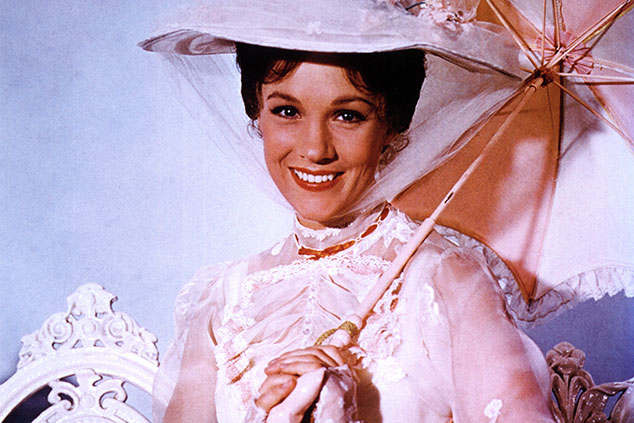
Mary Poppins is a 1964 musical film based on the novels by PL Travers. It tells the story of a magical nanny, played by Julie Andrews, hired by George Banks, an uptight Edwardian bank clerk, to take care of his two “unruly” children, Michael and Jane. They embark upon a series of magical adventures with her and a chimney sweep (Dick Van Dyke). Although aimed at children, the film was nominated for 13 Oscars, including Best Picture, a record for Walt Disney. It ended up winning five, including an Oscar for Julie Andrews.
The key moment
At the suggestion of Mary Poppins, Mr Banks takes his children to his workplace, the Dawes Tomes Mousley Grubbs Fidelity Fiduciary Bank. In an attempt to get Michael to put his tuppence in a savings account, all the staff (including the bank’s owner, Mr Dawes) sing a number about the benefits of saving, arguing that “If you invest your tuppence wisely in the bank/Safe and sound/Soon that tuppence safely invested in the bank/Will compound”. Despite this advice, and to the disgust of his father, Michael decides to give his money to an elderly lady who feeds the birds.
The lesson for investors
Albert Einstein famously called compound interest “the eighth wonder of the world” and noted that “he who understands it, earns it… he who doesn’t… pays it”. The magic of compound interest is that an amount of money invested (and reinvested) at a fixed rate of interest will grow geometrically, not arithmetically.
In other words, both the principal and the amount of interest received will increase rapidly over time. Over long periods of saving and reinvestment, your money will have grown vastly more than if you had simply pocketed much of the cash paid out in interest.
Other financial wisdom
During the elaborate song-and-dance routine, the bank staff boast about the wide variety of enterprises that they lend to. These include, “Railways through Africa/Dams across the Nile/Fleets of ocean greyhounds/Majestic, self-amortising canals/Plantations of ripening tea”. Broadening your portfolio to include overseas shares and bonds, as well as assets listed on domestic markets, can boost your overall returns and reduce risk.